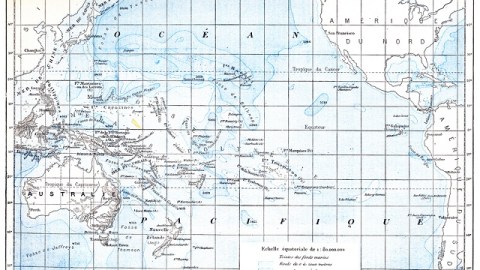Newly Discovered Volcano Dwarfs Mauna Loa

What’s the Latest Development?
A team of scientists led by the University of Houston’s William Sager has provided proof that Tamu Massif, located about 1,000 miles east of Japan in the northern Pacific Ocean, is the world’s largest single-shield volcano. At 120,000 square miles, it dominates the previous record-holder — Hawaii’s Mauna Loa, which at 2,000 square miles is puny by comparison — and claims a place as one of the biggest discovered volcanoes in the entire solar system. Formed about 145 million years ago, it’s slightly smaller than Mars’ Olympus Mons, a volcano big enough to be seen with an amateur astronomer’s telescope.
What’s the Big Idea?
Sager’s been studying Tamu Massif for about 20 years, during which time scientists debated whether it was a single original volcano or merely a composite of different eruption points. With the help of collected core samples and seismic reflection data, the team was able to confirm the volcano’s structure. Although Tamu Massif became inactive a few million years after its birth, Sager says its discovery “can give us some clues about how massive volcanoes can form…[T]his is important information for geologists trying to understand how the Earth’s interior works.”
Photo Credit: Shutterstock.com




